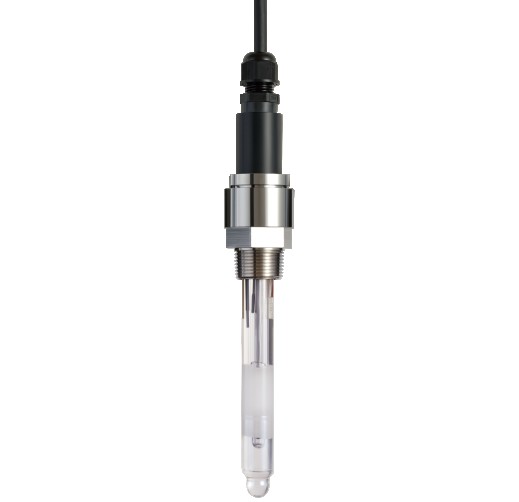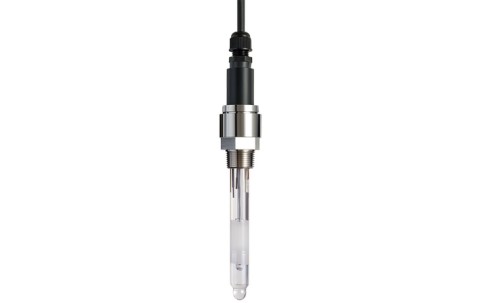Self-cleaning pH electrode
Technology / Service Summary
The self-cleaning pH electrode incorporates photocatalytic technology and UV-LED inside the electrode to provide antifouling effect against organic contaminants.
Purpose
Water quality can be monitored and controlled for efficient wastewater treatment.
Feature
The catalyst (anatase titanium dioxide) coating and a UV-LED built into the electrode realize the world’s first antifouling technology in a pH electrode. More specifically, HORIBA has coated the surface of the glass membrane with anatase titanium dioxide and irradiates UV-LED light from inside of the electrode.
The anatase titanium dioxide reacts to the light and breaks down any organic contaminants on the surface of the glass membrane, such as oil, polysaccharide and microorganisms, through an antifouling effect.
Effect
The frequency of electrode maintenance can be significantly reduced. As a result, this new pH electrode will significantly reduce maintenance and contribute to energy efficiency toward a carbon-neutral society.
Controlled Substance
Applicable Regions / Countries
- Japan
- Southeast Asia
- China/ East Asia
- Europe
- Central/South America
- ASEAN countries
Indonesia,Cambodia,Singapore,Thailand,Philippines,Viet Nam,Malaysia,Myanmar
Related SDGs Goals
- 6. Clean Water and Sanitation
- 8. Decent Work and Economic Growth
- 11. Sustainable Cities and Communities




